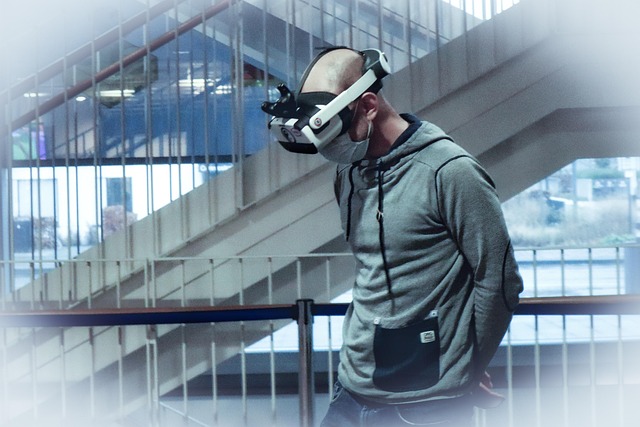The Rise of Virtual Warfare: Exploring Virtual Reality, Augmented Reality, and the Metaverse
In the not-so-distant future, the battlefields we once knew are rapidly evolving. The concept of virtual war has transcended traditional warfare, reshaping how conflicts are perceived and engaged. As technology advances, virtual reality (VR), augmented reality (AR), and the burgeoning metaverse are blending the lines between real and virtual conflict, creating immersive experiences that challenge our understanding of war and peace.
Virtual Reality: The Immersive Battlefield
Imagine slipping on a VR headset and finding yourself in a highly detailed battlefield, surrounded by soldiers equipped with advanced weaponry. This is not just a game; it’s a training simulation where military personnel can practice tactics and strategies in a controlled environment. Virtual reality offers an opportunity to prepare for the realities of warfare without the tragic consequences associated with real-life engagements.
However, the implications of VR extend beyond training. As nations continue to develop VR technologies, we may witness a new phase in military operations where commanders can conduct strategic planning and engage in warfare from the safety of a command center. This shift could alter the very essence of human involvement in conflict, raising ethical questions about the desensitization of soldiers and the impact on decision-making.
Augmented Reality: The Real-World Overlay
While virtual reality immerses users in entirely new worlds, augmented reality enhances our existing environments with digital elements. Picture a soldier navigating a battlefield equipped with AR glasses that overlay critical data about the terrain, enemy positions, and strategic objectives directly onto their field of vision. This technology not only improves situational awareness but also transforms how intelligence is gathered and utilized.
AR’s applications are not limited to military personnel; civilians and strategists can engage with conflict scenarios through AR simulations, offering a broader audience a glimpse into the complexities of warfare. These experiences can foster understanding and empathy, bridging the gap between distant observers and the harsh realities faced by those on the front lines.
The Metaverse: A New Frontier for Conflict
As the metaverse gains traction, the notion of virtual war ventures into uncharted territory. A collective digital space where users can interact, socialize, and experience various realities, the metaverse also has potential military implications. Game developers and tech companies are exploring how virtual ecosystems can facilitate military training, collaboration, and even strategic planning in ways that were unimaginable a decade ago.
In this immersive universe, users might engage in large-scale simulations that mirror real-world conflicts, allowing participants to comprehend the consequences of war on a grand scale. Imagine war games that not only entertain but also educate, empowering individuals to understand the political and humanitarian repercussions associated with conflicts across the globe.
The rise of virtual warfare challenges our traditional beliefs about conflict and interaction. As we delve deeper into the realms of VR, AR, and the metaverse, we find ourselves at a crossroads of morality and technology, contemplating the future of warfare, peace, and human connection. The battle may soon be fought on digital fronts, but the stakes remain profoundly real.




